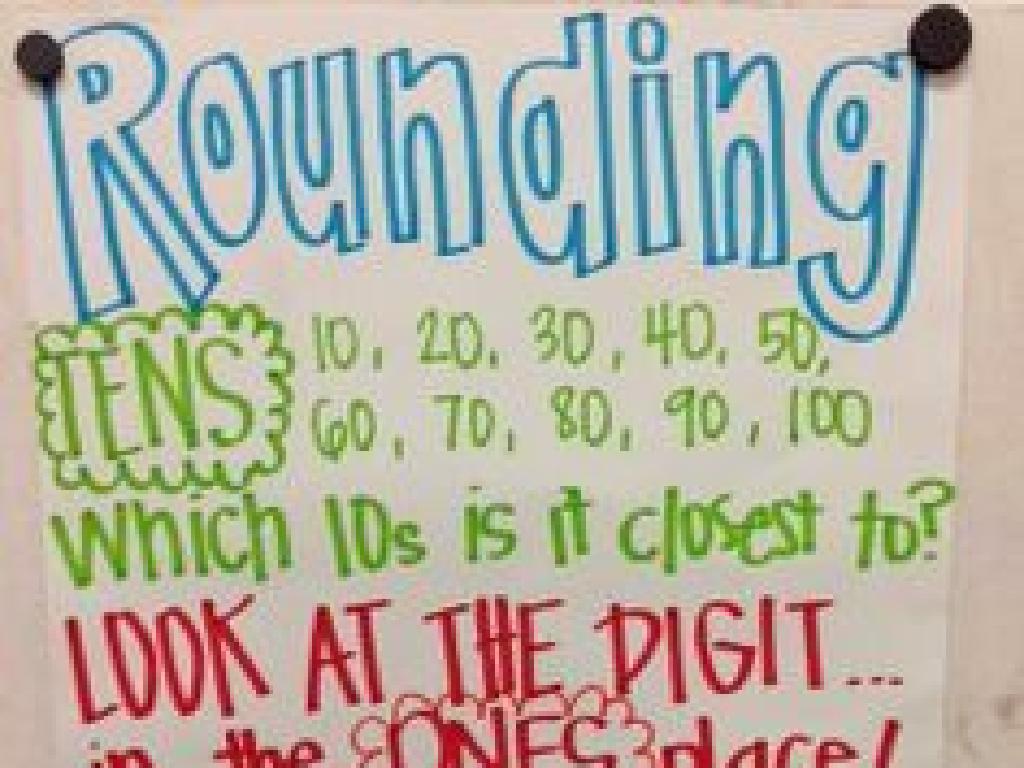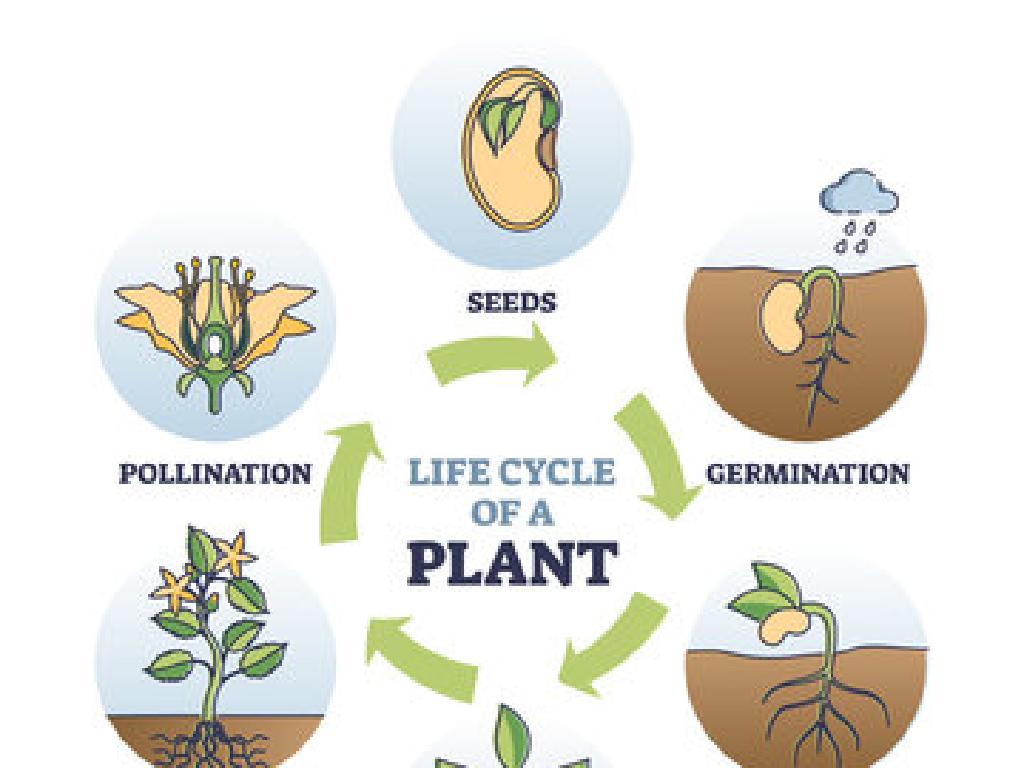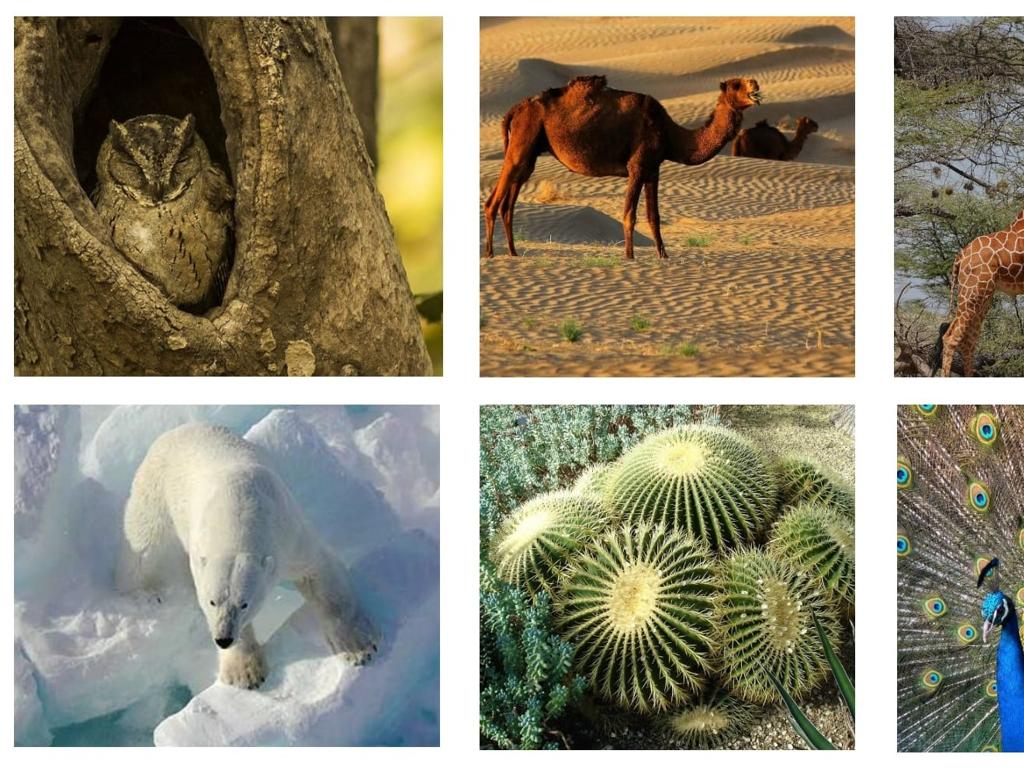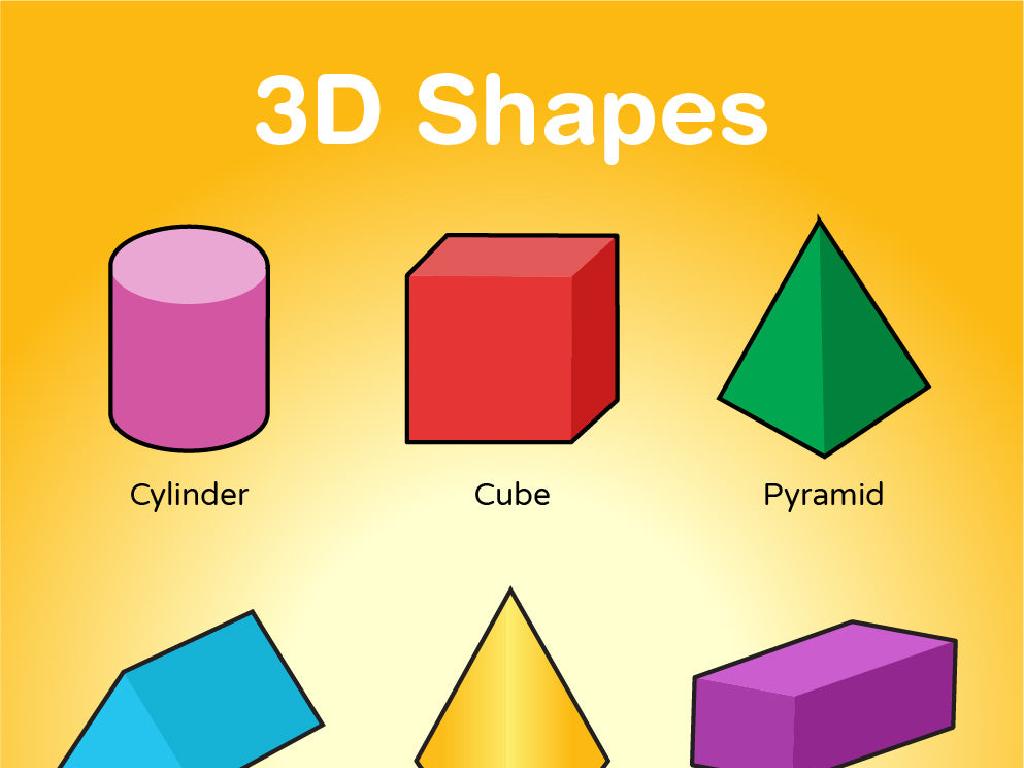Form And Use Comparative And Superlative Adjectives
Subject: Language arts
Grade: Sixth grade
Topic: Adjectives And Adverbs
Please LOG IN to download the presentation. Access is available to registered users only.
View More Content
Comparative and Superlative Adjectives
– Define adjectives and adverbs
– Adjectives describe nouns; adverbs describe verbs, adjectives, or other adverbs.
– Comparative vs. Superlative adjectives
– Comparative adjectives compare two things (e.g., taller, smarter). Superlative adjectives compare three or more things (e.g., tallest, smartest).
– Significance in language
– They add detail and precision, making communication clearer.
– Examples in sentences
– Comparative: ‘She is taller than her brother.’ Superlative: ‘She is the tallest in her class.’
|
This slide introduces the concept of adjectives and adverbs, focusing on their comparative and superlative forms. Begin by explaining the basic function of adjectives and adverbs in a sentence. Then, differentiate between comparative and superlative adjectives, emphasizing the number of items being compared. Discuss the importance of these forms in providing clear and detailed descriptions in language. Use examples to illustrate how comparative adjectives are used to compare two items, while superlative adjectives are used when comparing three or more items. Encourage students to think of their own examples and understand how these adjectives enhance their writing and speaking.
Exploring Adjectives
– Define an adjective
– A word that describes a noun, like ‘quick’ in ‘quick fox’
– Adjectives in sentences
– ‘The sunny day’, ‘a loud noise’, ‘the smooth surface’
– Activity: Find adjectives
– Read a paragraph and underline all the adjectives you find
|
This slide introduces the concept of adjectives to the students. Begin by defining an adjective as a word that describes or modifies a noun, giving more information about an object’s size, shape, age, color, etc. Provide clear examples of adjectives within the context of sentences to illustrate their use. For the class activity, provide a short paragraph and ask students to identify and underline all the adjectives. This will help them recognize adjectives in context and understand their role in sentences. The activity should be interactive, and students can work individually or in pairs to foster collaboration. After the activity, discuss the adjectives they found and why they are important in the text.
Exploring Adverbs
– Define an adverb
– A word that modifies a verb, adjective, or other adverb
– Adverbs in sentences
– E.g., ‘He ran quickly.’ Quick is the adverb modifying ran
– Activity: Identify adverbs
– Choose adverbs from a list provided in class
– Discuss activity findings
|
This slide introduces the concept of adverbs to the students, explaining that an adverb is a word that modifies or gives more information about a verb, an adjective, or another adverb. Examples should be clear and relatable, showing how adverbs can change the meaning of a sentence. The activity is designed to help students practice identifying adverbs within a list of words. Teachers should prepare a list with a mix of adverbs and other parts of speech. After the activity, discuss the findings with the class to reinforce their understanding. Encourage students to explain why they chose the words they did, and how those words modify other words in a sentence.
Comparative Adjectives
– Forming comparative adjectives
– Add ‘er’ to one-syllable words
– When to use them
– Use when comparing two things
– Examples: big, bigger
– ‘Big’ describes size, ‘bigger’ compares two sizes
– Examples: happy, happier
– ‘Happy’ shows emotion, ‘happier’ compares two emotions
|
This slide introduces comparative adjectives, which are used to compare differences between two objects. Teach students the basic rule of adding ‘er’ to the end of one-syllable adjectives to form the comparative. For adjectives ending in ‘y’, replace ‘y’ with ‘i’ and add ‘er’. Highlight that comparative adjectives are used when discussing two things, not more. Provide clear examples, such as ‘big’ and ‘bigger’ to illustrate size comparison, and ‘happy’ and ‘happier’ to compare levels of happiness. Encourage students to think of other one-syllable adjectives and practice forming the comparative. Also, discuss irregular adjectives that do not follow the standard rules, such as ‘good’ becoming ‘better’.
Mastering Superlative Adjectives
– Forming superlative adjectives
– Add ‘est’ to short adjectives or ‘most’ for long adjectives
– Understanding when to use them
– Use to compare one against many, like ‘the tallest building’
– Examples: small to smallest
– ‘Small’ becomes ‘smallest’ when comparing size among many items
– Examples: nice to nicest
– ‘Nice’ becomes ‘nicest’ to describe the most pleasant one
|
This slide introduces students to superlative adjectives, which are used to compare one thing against a group and express the highest degree of a quality. Teach students the rule of thumb for forming superlatives: generally, add ‘est’ to one-syllable adjectives, and use ‘most’ for adjectives with three or more syllables. Provide clear examples to illustrate the concept, such as ‘small’ becoming ‘smallest’ and ‘nice’ becoming ‘nicest’. Encourage students to think of more examples and to understand that superlatives are used when one item stands out as the most in its category. In the next class, students can practice forming and using superlative adjectives in sentences.
Irregular Comparative and Superlative Adjectives
– Irregular adjectives break rules
– Examples: good, better, best
– ‘Good’ becomes ‘better’ for comparative and ‘best’ for superlative
– Practice using irregular forms
– Find and use irregular adjectives in class activities
– Understand usage in sentences
– Learn to choose the correct form in different contexts
|
This slide introduces students to irregular adjectives, which do not follow the standard rules of adding ‘-er’ or ‘-est’ to form their comparative and superlative degrees. Provide examples such as ‘good, better, best’ and ‘bad, worse, worst’ to illustrate the concept. Engage the class in activities where they practice identifying and using irregular adjectives in sentences. Emphasize the importance of context in determining the correct form to use. As an activity, students could work in pairs to come up with sentences using a list of irregular adjectives provided by the teacher. Another activity could involve correcting sentences that misuse these forms.
Using Comparatives and Superlatives
– Form sentences with comparatives
– Compare two things using words like ‘taller’, ‘faster’, or ‘smarter’.
– Construct sentences with superlatives
– Describe the highest degree with words like ‘tallest’, ‘fastest’, or ‘smartest’.
– Group activity: Craft sentences
– Work together to write sentences using new comparative and superlative adjectives.
|
This slide is aimed at helping students understand and use comparative and superlative adjectives. Start by explaining that comparative adjectives are used to compare two things, showing which has more or less of a certain quality. Then, move on to superlative adjectives, which are used to show the highest degree of a quality among three or more things. For the group activity, divide the class into small groups and have them come up with their own sentences using both types of adjectives. This will help reinforce their understanding through practice. Provide guidance and examples on the board for students to refer to during the activity. Possible activities could include comparing favorite foods, animals, or even characters from a book the class has read.
Class Activity: Adjective Hunt
– Find comparatives and superlatives
– List adjectives from a magazine/article
– Share findings with the class
– Discuss the role of these adjectives
– How do they add to the description?
|
This activity is designed to help students recognize and understand the use of comparative and superlative adjectives in real-world texts. Provide a selection of magazines or articles for students to choose from. Students should look for adjectives that compare things (comparative) or show the extreme quality of one thing (superlative). After listing these adjectives, students will share their findings with the class, fostering a collaborative learning environment. Finally, lead a discussion on how these adjectives contribute to the text by enhancing descriptions and making comparisons clearer. Possible activities: 1) Students can work in pairs to find adjectives, 2) Create a classroom chart of found adjectives, 3) Have students create their own sentences using the adjectives, 4) Compare adjectives found in different genres of writing, 5) Discuss why authors choose specific adjectives for effect.
Review and Practice: Comparative & Superlative Adjectives
– Recap: What are comparative adjectives?
– Adjectives that compare two things, often ending in ‘er’, like ‘taller’
– Worksheet: Practice with examples
– Complete exercises comparing different nouns using appropriate adjectives
– Superlative adjectives: The ‘est’ form
– Adjectives that describe the highest degree, often ending in ‘est’, like ‘tallest’
– Upcoming: Mini-quiz preparation
|
Begin with a brief review of comparative adjectives, ensuring students recall how to use them to compare two items. Distribute a worksheet with exercises to apply this knowledge, using common adjectives and items relevant to their experiences. Then, introduce superlative adjectives, emphasizing the use of ‘est’ and when it’s appropriate to use them over comparative forms. Inform students about the mini-quiz in the next class to assess their understanding of these concepts. Provide examples and encourage students to create their own sentences as practice.
Wrapping Up: Comparatives & Superlatives
– Review of comparative adjectives
– Comparatives compare two things, using ‘-er’ or ‘more’
– Review of superlative adjectives
– Superlatives describe the extreme, using ‘-est’ or ‘most’
– Homework: 10 descriptive sentences
– Study reminder for mini-quiz
|
As we conclude today’s lesson on comparative and superlative adjectives, remind students of the key points: Comparative adjectives are used to compare two items, often ending in ‘-er’ or preceded by ‘more’. Superlative adjectives denote the highest degree of a quality among three or more items, typically ending in ‘-est’ or preceded by ‘most’. For homework, students should craft 10 original sentences that incorporate the adjectives discussed today. Encourage creativity and relevance to their own experiences. Additionally, remind students to review their notes and any handouts from today’s lesson to prepare for the upcoming mini-quiz, which will assess their understanding of the adjectives and their correct usage.






